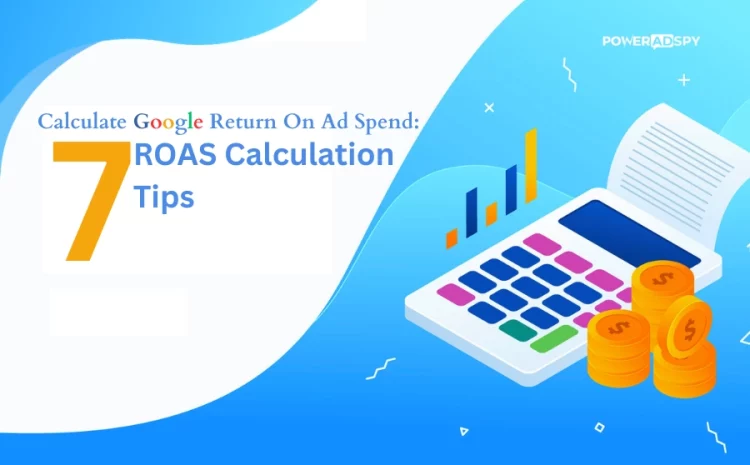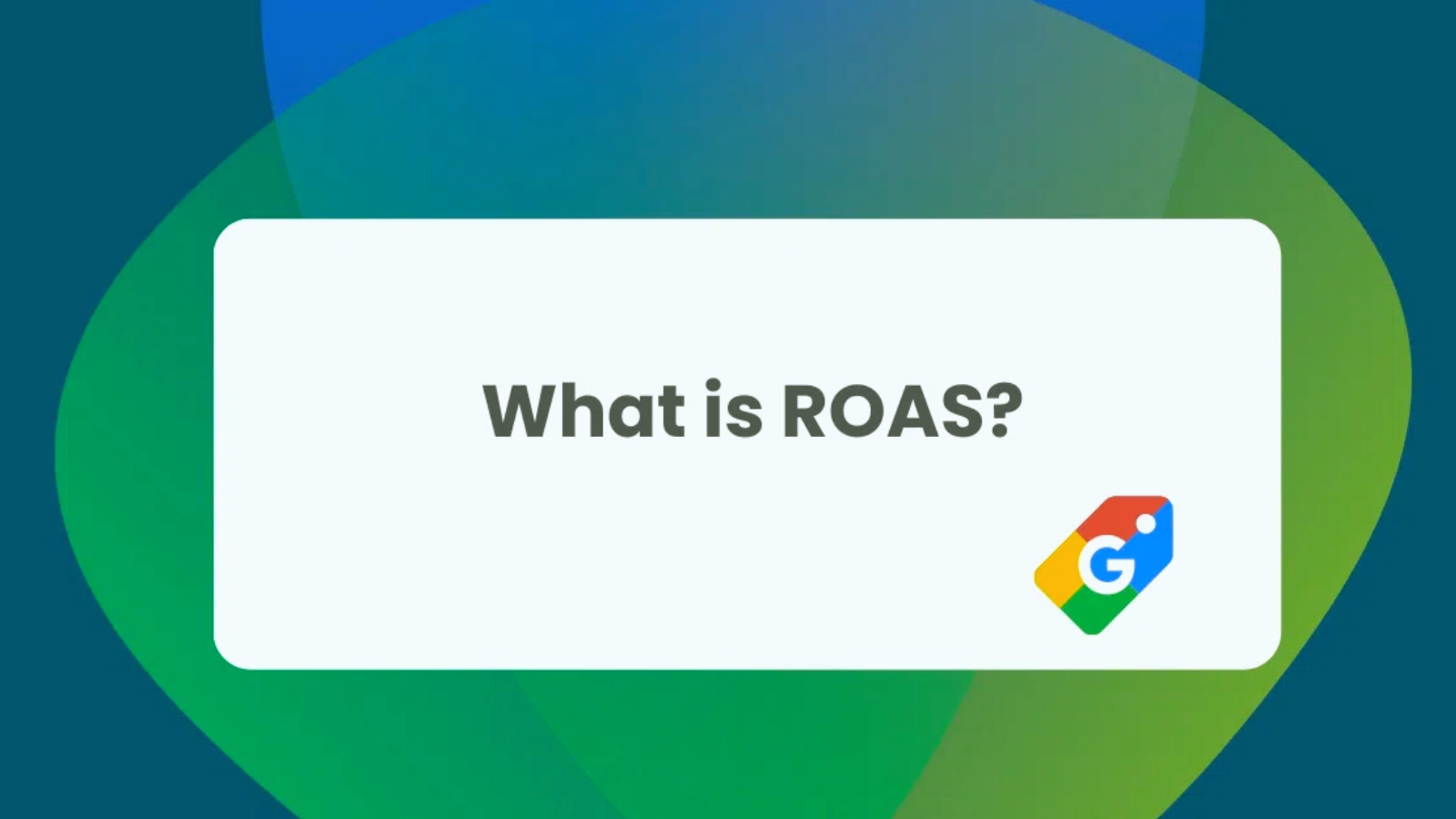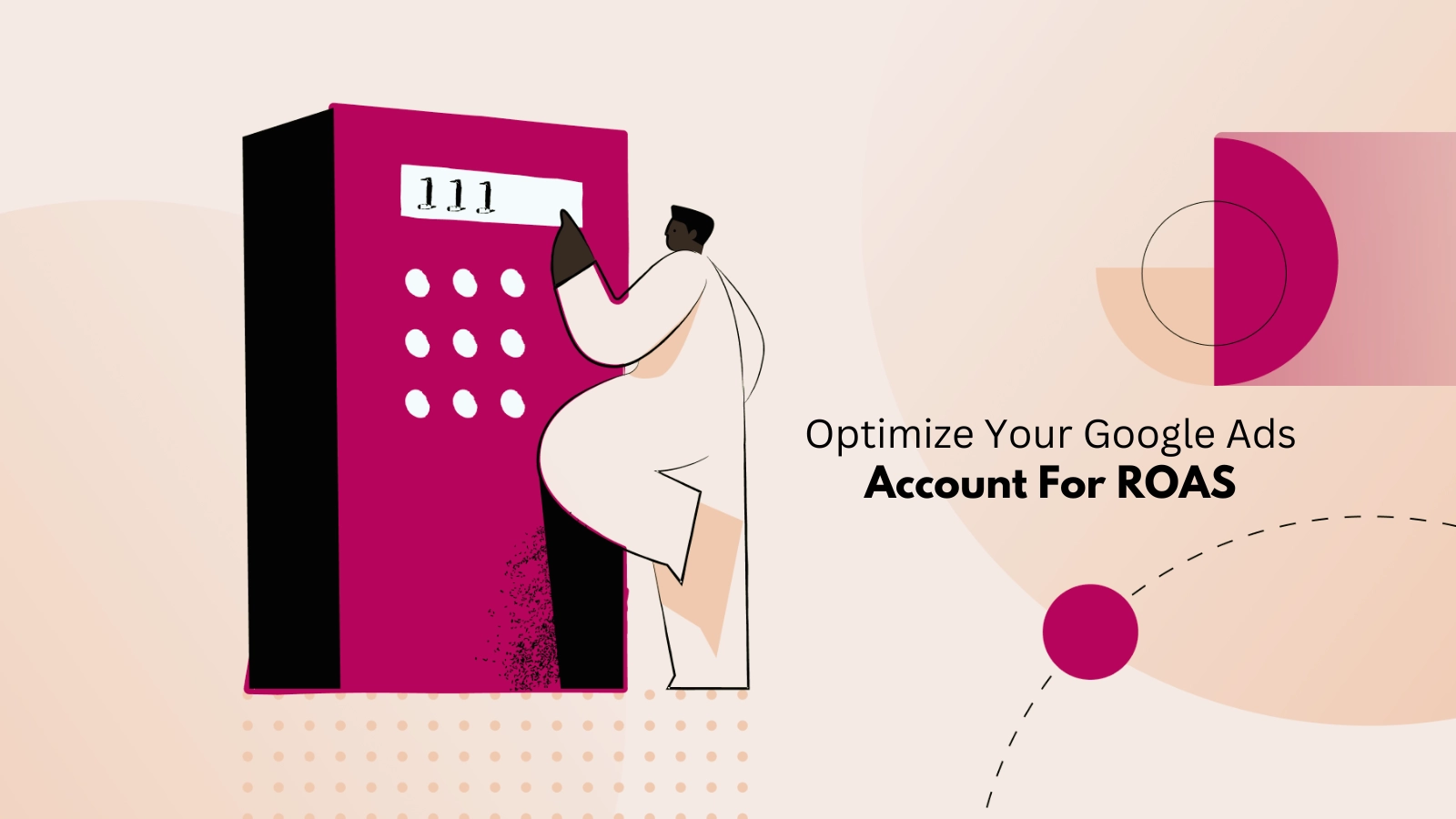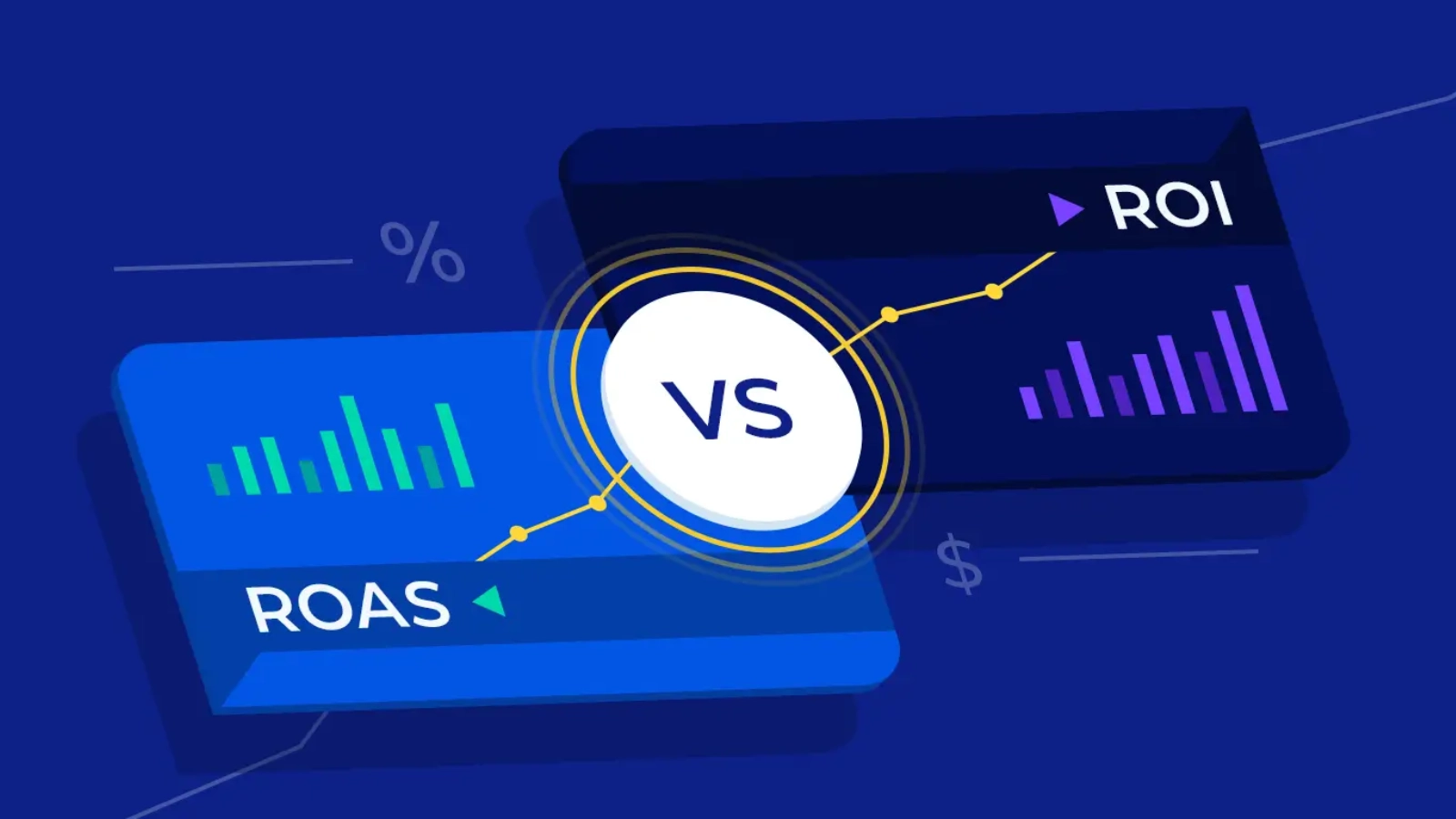How To Calculate Google Return On Ad Spend: 7 ROAS Calculation Tips
“Is my advertising budget delivering the returns it should?”
This haunting question keeps marketers awake every night. The constant struggle to decipher Google’s Return on Ad Spend (ROAS) has become a pain point for businesses, often leaving them in the dark about the true impact of their marketing efforts.
If you’ve ever felt the frustration of allocating resources without clearly understanding the results, you’re not alone. But don’t worry we have got you covered.
In today’s blog, we’re going to take you step-by-step through the ROAS calculation process with the top 7 tips to simplify the process.
So, let’s Jump In!!
Listen To The Blog Now!!
What Is ROAS?
Return on Advertising Spend (ROAS) is a critical metric that helps businesses assess the effectiveness of their advertising campaigns. Simply put, it measures the revenue generated for every dollar spent on advertising.
ROAS calculation provides valuable insights into the profitability of your advertising efforts and helps you allocate your Google ads budget wisely.
What Is The Average Roas For Google Ads?
The average Return on Ad Spend (ROAS) for Google Ads can vary widely depending on the industry, business model, and advertising goals. ROAS is a metric that measures the revenue generated for every dollar spent on advertising.
However, many successful e-commerce businesses aim for a ROAS higher than 4:1, often in the range of 5:1 to 10:1 or more. It’s important to note that what constitutes a good ROAS can vary based on factors such as profit margins, business goals, and the industry’s average.
Some industries with lower profit margins might find success with a lower ROAS, while others with higher margins might aim for a higher ROAS calculation. To determine a target ROAS for your Google Ads campaigns, consider factors such as your business objectives, operating costs, and industry benchmarks.
Additionally, continuously monitor and optimize your campaigns to improve performance and achieve your desired ROAS.
How To Perform ROAS Calculation?
knowing how to calculate the ROAS (Return on Advertising) formula is easy to understand. It takes your advertising revenue and divides it by the advertising cost. The formula is
ROAS Calculation: Cost of Advertising ÷ Revenue from Advertising
Calculate ROAS: Step by Step
Calculating ROAS involves a straightforward process. Here’s a step-by-step guide to help you calculate ROAS effectively:
Step 1: Determine Revenue from Advertising
Determine how much revenue you generate from your ad spend. This includes sales, leads, or any other desired actions on your website attributed to your advertising campaign.
Step 2: Identify the Cost of Advertising
Sum up all costs associated with your advertising campaign. This includes expenses such as ad spend, creative production, and any other costs directly related to the execution of your ads.
Step 3: Apply the ROAS Formula
Once you have the revenue and cost figures, plug them into the ROAS formula:
ROAS Calculation= Cost of Advertising ÷ Revenue from Advertising
Step 4: Interpret the ROAS Value
A ROAS value greater than 1 indicates a positive return on investment, signifying that the advertising campaign generated more revenue than it cost. For example, a ROAS of 5 means that for every dollar spent on advertising, $5 in revenue was earned.
Conversely, a ROAS of less than 1 suggests that the advertising campaign did not generate enough revenue to cover its costs, indicating a less efficient use of the advertising budget.
To illustrate, if your advertising campaign costs $1,000 and generates $5,000 in revenue, your ROAS would be 5. This ROAS calculation shows that for every dollar spent on advertising, you gained $5 in revenue.
How to Optimize Your Google Ads Account for ROAS?
Achieving a positive ROAS requires strategic planning and optimization. Here are some tips to enhance your Google Ads account for better Return on Ad Spend:
ROAS & Google Shopping Campaigns
Google Shopping campaigns are powerful for e-commerce businesses. To optimize for ROAS in these campaigns, ensure that your product feed is well-organized and up-to-date. Use high-quality images, accurate product descriptions, and competitive pricing to attract potential customers.
Use Ad Intelligence Tools
To stay ahead of the competition, leverage Google ads spy for ad engagement. These tools allow you to monitor competitors’ ad strategies, identify successful creatives, and gather valuable insights.
These tools empower you to monitor your competitors’ ad strategies, unearth successful creatives, and extract valuable data that can significantly enhance your campaigns, ultimately boosting your Return on Advertising Spend (ROAS).
One such powerful ad intelligence tool that has been making waves in the industry is PowerAdSpy.
PowerAdSpy: Advanced Google Spy Tool
PowerAdSpy is a powerful AI-based ads intelligence tool for tracking and analyzing advertising campaigns, particularly on social media platforms. It allows you to look into competitors’ ads, uncover successful strategies, and optimize their campaigns.
Ad Position Filtering:
This feature could allow users to focus on specific ad placements, such as the top of the page, sidebar, or inline, helping them understand the effectiveness of different positions.
Complete Visibility:
Having complete visibility likely means access to various aspects of ads, including ad copy, creative elements, targeting options, and performance metrics.
Data From 100+ Countries:
The wide coverage of countries provides a global perspective on advertising trends, helping marketers identify successful strategies across diverse markets.
Narrow Down Searches:
Users may be able to narrow down searches based on parameters like industry, keywords, ad format, or specific time frames to find the most relevant information.
Bookmarking Feature:
Being able to bookmark ads allows users to curate a collection of successful or inspiring advertisements for inspiration or analysis.
Powerful Search Algorithm:
A robust search algorithm likely enables users to quickly find specific ads or trends among the vast amount of data available.
Engagement Metrics:
Access to engagement metrics allows advertisers to measure the impact of an ad campaign based on audience engagement.
Video and Image Ad Combination:
Supporting both video and image ads offers a comprehensive view of the diverse creative strategies employed by advertisers.
GEO-Targeting:
The ability to focus on specific geographic locations is crucial for businesses with regional or global advertising strategies.
Call to Action-Based Sorting:
Sorting ads based on the call to action provides insights into which types of messaging and prompts are driving user actions.
Overall, PowerAdSpy seems to provide a rich set of tools for marketers and advertisers to analyze and stay ahead in the competitive landscape. It caters to various needs, from creative inspiration to data-driven decision-making, helping businesses optimize their advertising strategies. Users can leverage these features to gain insights into market trends, competitor strategies, and audience engagement.
Review Tracking Accuracy
Accurate tracking is essential for meaningful ROAS calculations. Ensure that your tracking tools, such as Google Analytics, are correctly set up. Check that conversion tracking is implemented for all relevant actions on your website, allowing you to attribute revenue accurately to your advertising efforts.
Optimize Your Landing Pages
A seamless user experience is key to converting ad clicks into revenue. Optimize your landing pages for relevance and user-friendliness. The content should match your ad messaging, and the page should be simple to navigate. A well-designed landing page increases your conversion rate and increases your return on investment.
Fight Ad Fatigue
All Ad fatigue occurs when your audience becomes tired or disinterested in your ads due to repetitive exposure. To combat ad fatigue, regularly update your ad creatives and experiment with different ad formats to combat ad fatigue. This helps maintain audience engagement and ensures that your ads continue to generate positive results for your ROAS.
Set Up Retargeting Campaigns
Retargeting campaigns can significantly impact your ROAS calculation by reaching users who have previously interacted with your website but did not convert. Implement dynamic retargeting to show users personalized ads based on their previous actions, encouraging them to return and complete a purchase.
Segment and Personalize Ads
Break down your audience into segments based on demographics or behavior. Craft personalized ad content for each segment to boost relevance and engagement, improving your overall ROAS. Regularly analyze performance and adjust your messaging to optimize campaign effectiveness.
Read More:
Google Ads Spy for Better and Faster Ads Engagement
7 Google Ads Examples And How To Use Their Strategies In 2024
A Quick Guide To Google Ads Budget For Small Business
How Is ROAS Calculation Different From ROI Calculation?
Return on Advertising Spend and ROI (Return on Investment) are both financial metrics used to evaluate the performance and effectiveness of investments, but they are applied in different contexts and have distinct calculations.
ROAS (Return on Advertising Spend):
It is used in advertising and marketing specifically to measure the ROAS (return on investment) for every advertising dollar spent.
- Calculation: The ROAS calculation is the difference between advertising revenue and the cost of an advertising campaign.
- The formula is
ROAS= Revenue from Advertising ÷ Cost of Advertising
- Example: If a company spends $1,000 on a Google Ads campaign and generates $5,000 in revenue from that campaign, the ROAS would be 5 ($5,000 / $1,000).
ROI (Return on Investment):
It is a broader metric used to assess the overall profitability of an investment, considering all costs and returns, not just limited to advertising.
- Calculation: Calculate ROI by dividing the net profit (or return) from an investment by the initial cost of the investment.
- The formula is
ROI= Net Profit ÷ Cost of Advertising
- Example: If a company invests $10,000 in a new marketing strategy and generates $30,000 in additional revenue, with additional costs of $5,000, the net profit is $15,000. The ROI would be 1.5 ($15,000 / $10,000), or 150%.
All in all, while both ROI and ROAS calculations are measures of financial performance, ROAS is specifically tailored to assess the effectiveness of advertising efforts by comparing advertising revenue to advertising costs.
ROI, on the other hand, is a more general metric used to evaluate the overall profitability of any investment by considering all costs and returns, not just those related to advertising.
Conclusion
In the dynamic realm of online advertising, understanding and optimizing for Return on Advertising spending is crucial for long-term success. By following the tips outlined in this guide, you can perform better ROAS calculations and track your ROAS effectively on Google Ads.
Remember, the key to a successful ROAS is a combination of strategic planning, continuous optimization, and leveraging the right tools to stay ahead of the competition. To get more into this vast marketing you can also go through some Google ad examples. So, Keep evolving your approach, and your Google Ads campaigns will yield a positive Return on Ad Spend.










